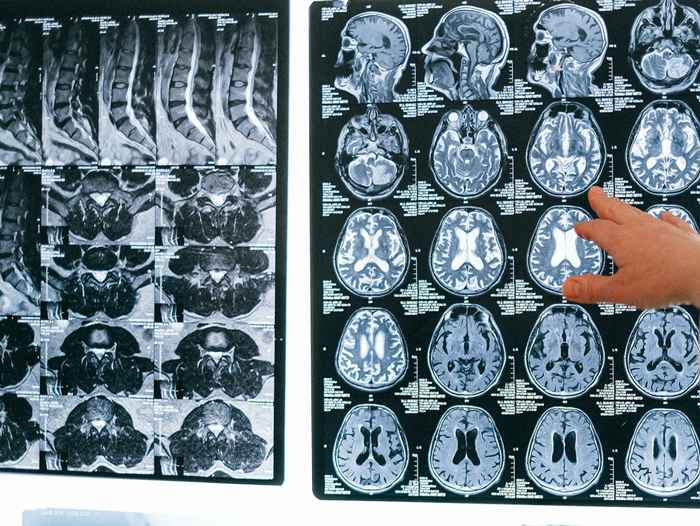New Paper: The Blushing Brain
3 September 2024

AICE members Milica Nikolic and Disa Sauter published an article The blushing brain: Neural substrates of cheek temperature increase in response to self-observation in the Proceedings of Royal Society b in collaboration with Simone di Plinio from the D'Annunzio University of Chieti–Pescara and Christian Keysers and Valeria Gazzola from the Netherlands Institute for Neuroscience.
In this study, the researchers investigated the neural correlates of blushing by asking participants to watch back the videos of themselves singing karaoke in an MRI scanner while they were measuring their blushing response and their brain activity.
They found that blushing was associated with an increased activity in cerebellum – part of the brain most known for its role in movement and coordination. However, recent research suggests that is it also involved in emotional processing. The researchers also found increased activation in the early visual areas, suggesting that the videos of own singing captured blushing participants’ attention the most. Based on this, the researchers concluded blushing may be an automatic response to being socially exposed.
The study has been covered by several media outlets, for more details see BBC, Guardian, Washington Post, the Times, Forbes